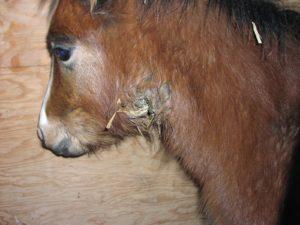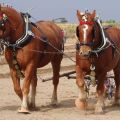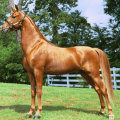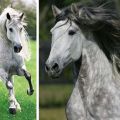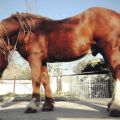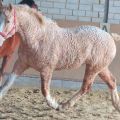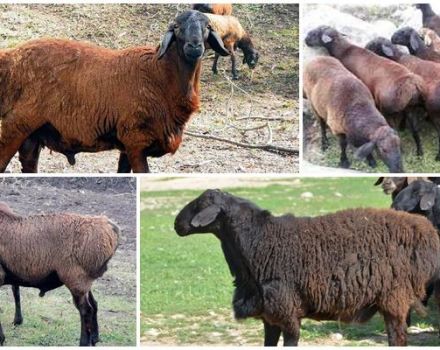List and descriptions of the 40 best horse breeds, characteristics and names
It is difficult to overestimate the importance of horses in human life. For many centuries they were practically the only means of transportation, helping in the performance of many types of work. Already in the 11th century, stud farms appeared in Europe, in which they bred horses, bred breeds intended for different purposes. Animals are cultivated in all countries of the world; by the end of the 20th century, there were more than 300 horse breeds.
Content
- 1 Varieties and classification of horses
- 2 Most popular breeds
- 2.1 Shetland pony
- 2.2 Shire
- 2.3 Frisian
- 2.4 Falabella
- 2.5 Tinker
- 2.6 Percheron
- 2.7 Peruvian Paso
- 2.8 Oryol trotter
- 2.9 Marwar breed
- 2.10 Kuznetsk
- 2.11 Cuban pacers
- 2.12 Peasant
- 2.13 Connemara pony
- 2.14 Cleveland bay
- 2.15 Clapper
- 2.16 Cleydesdal
- 2.17 Kladrubskaya
- 2.18 Kyrgyz horse
- 2.19 Kiger Mustang
- 2.20 Caspian
- 2.21 Karachaevskaya breed
- 2.22 Karabair
- 2.23 Donskaya
- 2.24 Holstein
- 2.25 Hanover
- 2.26 Akhal-Teke
- 2.27 Ardennes
- 2.28 Arabic
- 2.29 Andalusian
- 2.30 American horse
- 2.31 Azerbaijan
- 3 Rare and unusual species
- 4 Breed innovation
Varieties and classification of horses
Professionals have developed several horse classifications that help classify a wide variety of animals along a number of dimensions. Horses are classified:
- by origin;
- by use;
- by area of distribution.
Local classifications are often used within countries and regions. The first classification, developed at the end of the 19th century, divided horses into 3 groups - eastern, western, Mongolian. At the beginning of the 20th century, racers were subdivided according to habitat conditions (forest, steppe, mountain). Of all the breeds that exist in the world, about 50 are cultivated in our country. The most important form of classification of domestic horses for breeders and amateurs is the division by method of use.
Breed classification table by use:
| Lightweight | Heavy-duty | Horse | Productive (meat and dairy direction) | Pony | |
| Oryol trotting Belarusian harness Tori
Clapper | Ardennes
Cleydesdale
Percheron
Brabancon | Akhal-Teke Arabic Terskaya Thoroughbred horse Budennovskaya
| Kazakh Altai Kyrgyz Yakutsk | Shetland Hokkaido Gotland Icelandic Sardinian | |
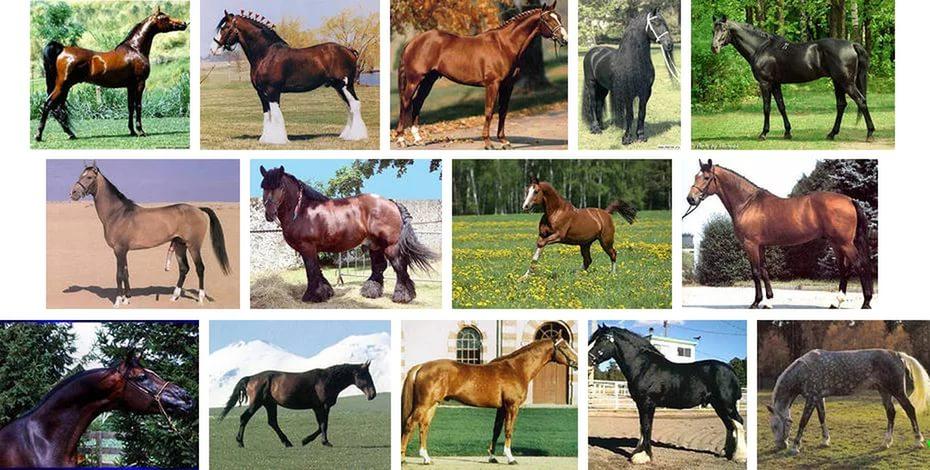
In the possibility of using horses for different purposes, the character and temperament of the breed are essential. Riding horses are usually hot, they like to run fast; for use in heavy work, animals require phlegm, friendliness, and a calm disposition. Consider the features and advantages of each type of horse.
Reference: a significant number of breeds appeared in the 18-20 centuries, when the signs began to be fixed and described in herd books.
Horse
Carrying a rider is the main purpose of this group of horses.Horseback species have been cultivated for several millennia, horse troops have long been considered the elite of any army. Traditionally, riding horses are the most beautiful and graceful. The advantages of this type are agility, endurance, swiftness. The main differences are:
- slender long neck with a small head;
- the withers are pronounced;
- massive chest;
- strong slender legs with strong hooves;
- muscles playing under the skin.

Riding horses have powerful hearts and lungs to withstand fast running. Horses are traditionally bred in two ways:
- calm graceful individuals - for walks (with an even step and a peaceful character);
- aggressive, explosive and temperamental - to participate in sports events, horse races.
In this group of horses, the main selection is currently underway, since all other species are less relevant.
Horse-drawn
This type of horse can be used for riding, but the main task is to transport small loads. Their back is not too wide, comfortable for the rider. They were used more often than others in small farms, in the village. The size of the horses is average, the character is calm, without temper. Horses are distinguished by their friendliness, quick wit, and efficiency. When walking, the legs are set wide, the step is even, the limbs are dry, but strong and muscular.
Harness
These horses do not differ in grace, the wide back is uncomfortable for the rider. Horses are brought up to walk in a harness, transport goods. The chest, back and legs are massive, persistence and calmness are valued in the character.

Heavy-duty
The most powerful and efficient are considered to be heavy trucks - huge horses, raised exclusively for the transportation of maximum volumes of cargo. Such horses were used in construction and agricultural work. The breeds began to be cultivated during the time of chivalry, when it was required to transport heavy armor. Later used in the village. They are distinguished by a kind disposition, unpretentiousness.
Most popular breeds
Every region of the world is proud of its horse breeds, adapted to climatic, weather conditions, and terrain features. These species are ideal for the conditions in which they have to live and work. People are proud of their animals, protect and preserve local species. But there are breeds that have earned world recognition for their beauty, fast running or endurance and hard work.
Shetland pony
The horse breed belongs to the pony group. Bred in the Shetland Islands (north-east of Scotland). These undersized horses are similar to draft horses and are one of the most common breeds in the world. The first information appeared in the 1st-4th century. It is believed that the horses were brought to the archipelago from Europe; they were ground on the islands. The breed was officially established in 1890.

Height - 65-110 centimeters, weight - 150-180 kilograms. Shetland ponies are friendly, famous for their endurance, not frisky, but jumpy. Unpretentious horses are distinguished by courage and endurance. They are often used in the circus for the entertainment of children. They can act as guides.
Reference: each breed requires certain conditions of keeping, feeding, so that animals reach the necessary parameters of growth and weight, and show species qualities.
Shire
The horses of the British Shire breed are considered giants of the equine world. They have repeatedly won competitions in height (165-185 centimeters, the record is 215 centimeters) and weight, growing to 1.5 tons. Heavy trucks are distinguished by their calm nature and endurance. With their help, barges were pulled along the canals, transported goods in agriculture, to breweries. According to the permitted standards, stallions can be black, gray, bay color; in mares, roan is also allowed. The back is muscular and short, the head is in proportion to the body. Included in the studbook at the end of the 19th century.
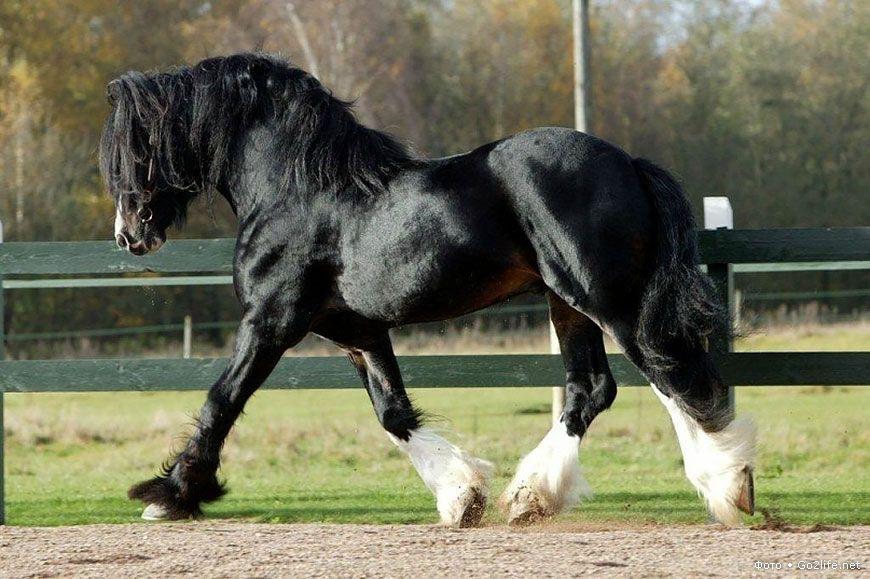
Frisian
The pride of Dutch horse breeders is the friezes. The breed was identified in the 13th century, although it was known much earlier. The main advantage of the species is its versatility.The horse is ideal for carriages, walks at a light trot. It proved to be excellent under the saddle, easily overcomes obstacles.
The color is only black, in mares it is sometimes supplemented with a star. The breed is distinguished by the presence of brushes that go down to the hooves (the term frisosity comes from this horse). Horses are often used in dressage, sledding at shows and shows.
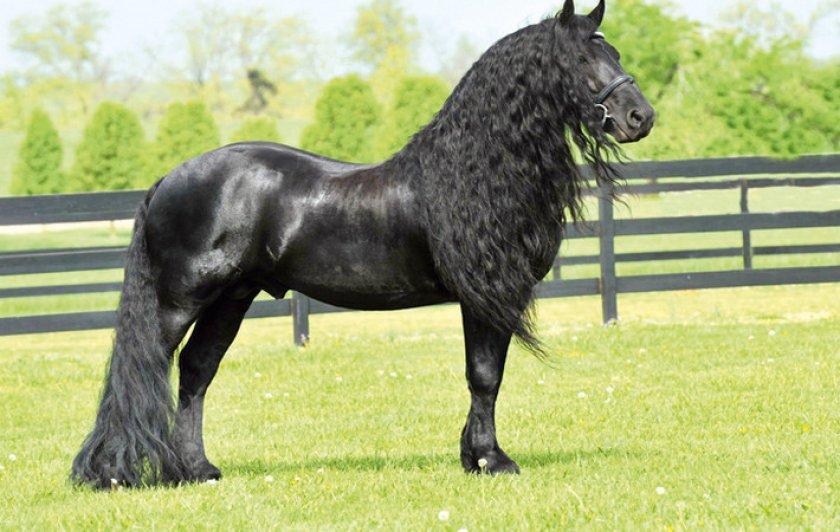
Falabella
The smallest horses are representatives of the falabella species. They are originally from Argentina, where they were bred by a farmer with the surname Falabella. They differ from short-legged ponies in the proportionality of the body, they look like a miniature Arabian horse. Any color is allowed.
Horses are not able to withstand the rider, but they can pull the cart. They are very smart, friendly, get along with children, easily trainable and educated.

Tinker
The best friends of gypsies are horses. The nomadic people appreciate and know the horse race. Tinker is a gypsy draft horse. This breed has recently been recognized, since the Roma traditionally did not carry out pedigree work.
Piebald colors prevail in the suit, the body is strong, with a pronounced arch of the back. The mane, brushes, tail are lush and long. Draft trucks have a sinewy constitution, height 1.35-1.6 meters. The nomadic life made Tinkers strong, unpretentious. They walk in a harness and under a saddle.
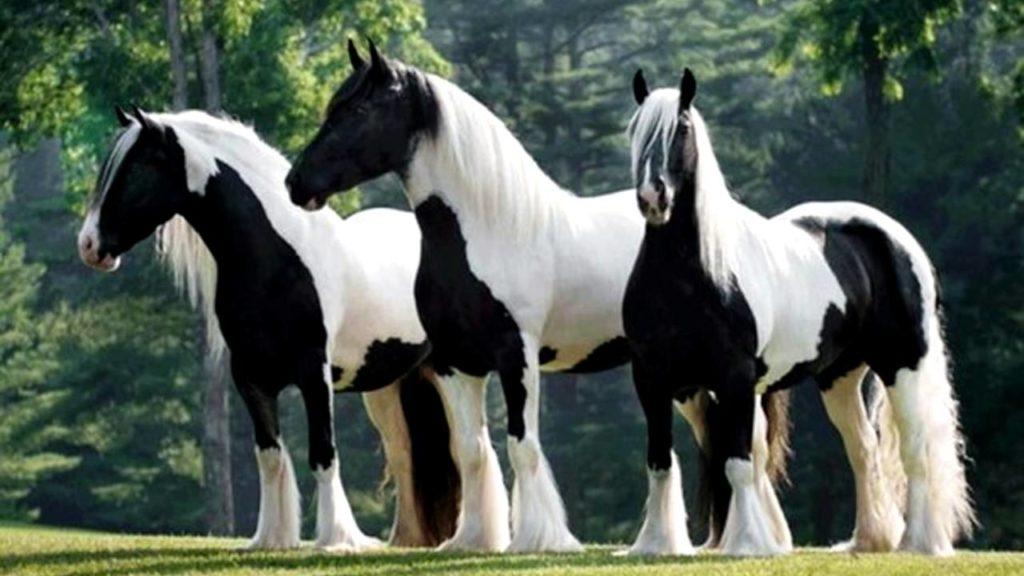
Percheron
The breed originated in the French region of Perche in the 19th century. It quickly spread throughout the world. Large heavy trucks (up to 175 centimeters tall) do not look bulky and clumsy. Many breeds have been bred on the basis of Percherons in different countries.
The main color is gray (in apples), there are also black ones. Percheron has a special softness, which makes it popular and in demand at parades, holidays, and horseback riding.

Peruvian Paso
The ideal horse for hunting, horseback riding, show is the Peruvian paso. A descendant of horses brought by the Spaniards to Peru from their homeland. Mostly red or bay color. The horses are distinguished by a soft ride, the ability to walk with a special gait, which determines belonging to the breed and is very convenient for riders.
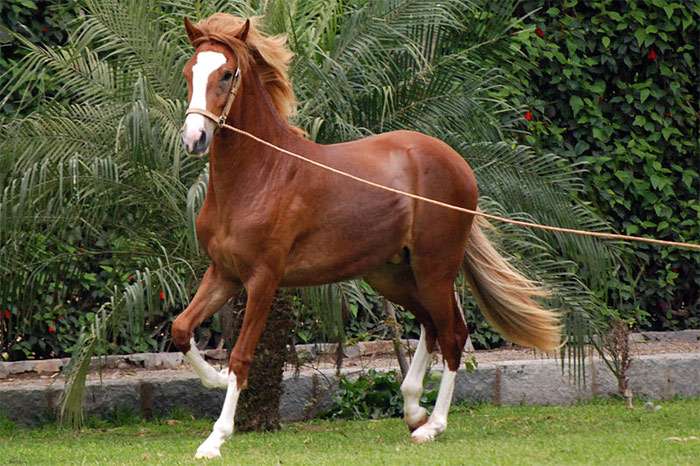
Oryol trotter
The beginning of the breeding of horses of the trotting breed was laid by Count Orlov, who founded a stud farm in the Voronezh province. Trotters are over 200 years old. Orlovtsev were used as rods in troikas. Trotters have won numerous prizes and are in demand at auctions around the world.
Height - 165-170 centimeters, weight - 500 kilograms. The predominant color is gray, black, dun. Used in sledding, under the saddle, in driving.
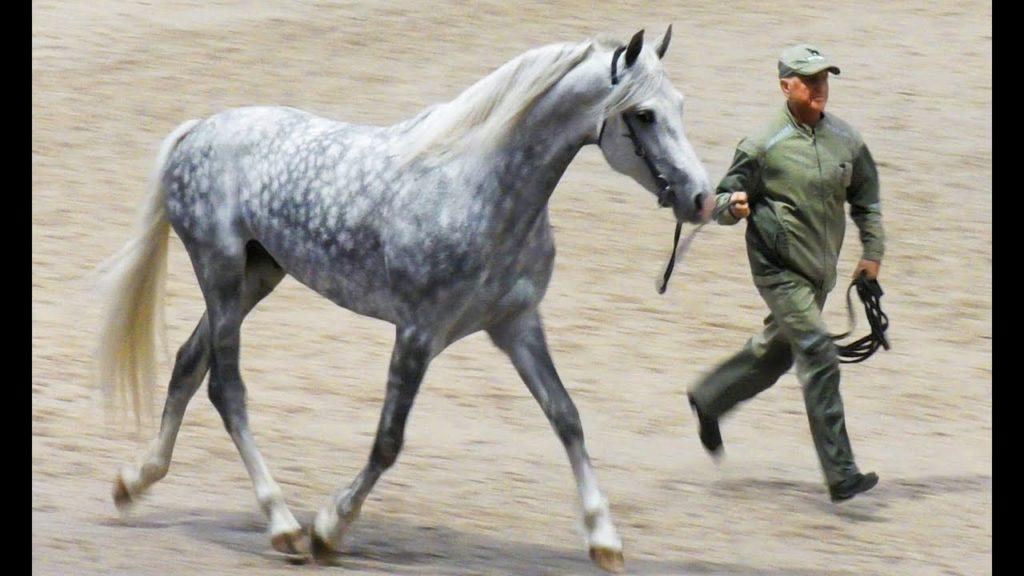
Marwar breed
Originally from India, the Marwari is a rare horse known for its unusual turning of the ears. The most valuable are the gray and piebald specimens. Hindus use white horses for religious purposes. The Marvari took part in military campaigns, they are hardy, for several days they do without water and food.
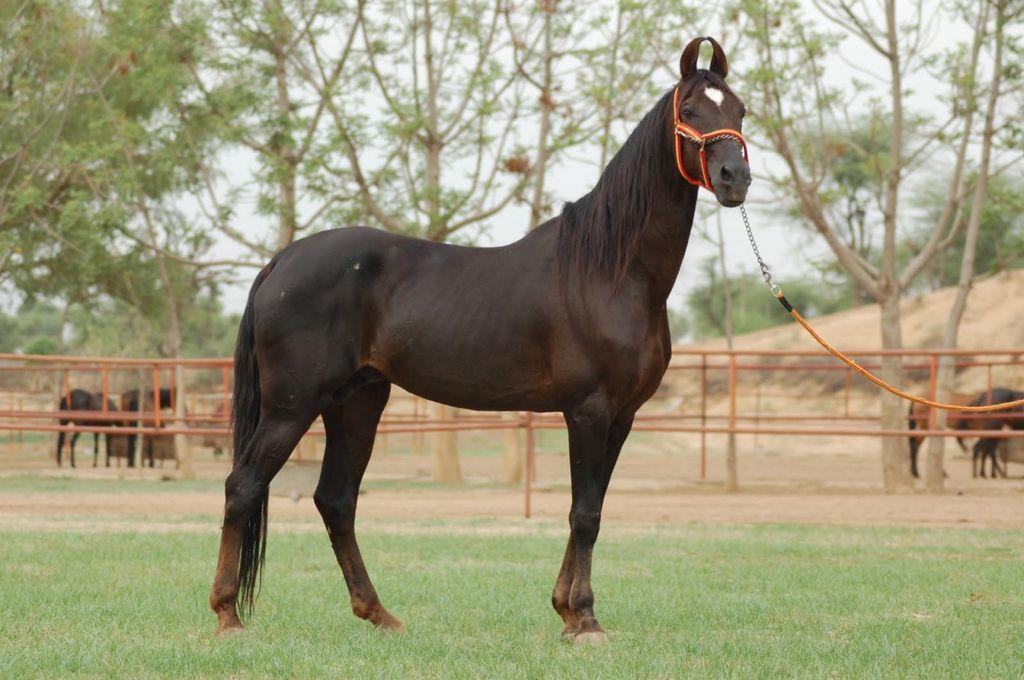
Kuznetsk
The breed originated in Western Siberia thanks to immigrants coming from the center of Russia. When local and European species were crossed, horses with outstanding endurance and strength appeared. The breed was born without the participation of breeding work - in a natural way. Later, stud farms appeared in Tomsk, engaged in the cultivation of breeding horses of the Kuznetsk breed.

Cuban pacers
Mountain horses are originally from Azerbaijan, the Cuban district gave the name to the breed. The animals are distinguished by excellent health, they live on pastures, they themselves get food from under the snow. The main colors are gray, bay; height - 130-140 centimeters.
Peasant
In the 19th century, these horses accounted for 75% of the total livestock of peasant farms in Russia. Unpretentious, short, accustomed to poor feed and hard work. They did not differ in beauty and other virtues. Color, height, conformation are different. Flamboyant representatives of the peasant species were only in rich houses, where work was easier and food was better.
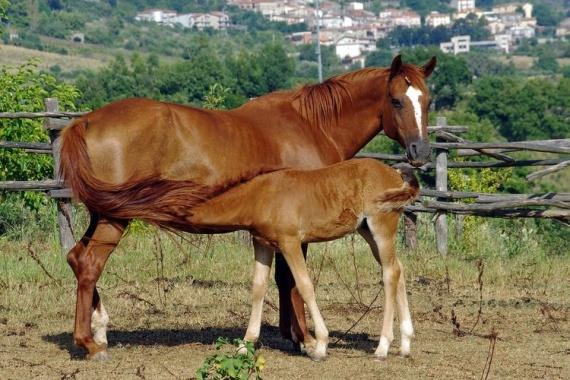
Connemara pony
The Irish species of ponies are among the largest.Life in the harsh conditions on the cold coast hardened the Connemara ponies and gave them excellent health. There are semi-wild species. Height - 133-154 centimeters, the predominant colors are dun and gray. Used in agricultural work.

Cleveland bay
Cultivated in Britain since the Middle Ages. Usage is universal. To improve the breed, they were crossed with English thoroughbred horses. Height - 163-168 centimeters. Long, muscular neck, excellent health. Due to the monotony, the suits are used in teams.
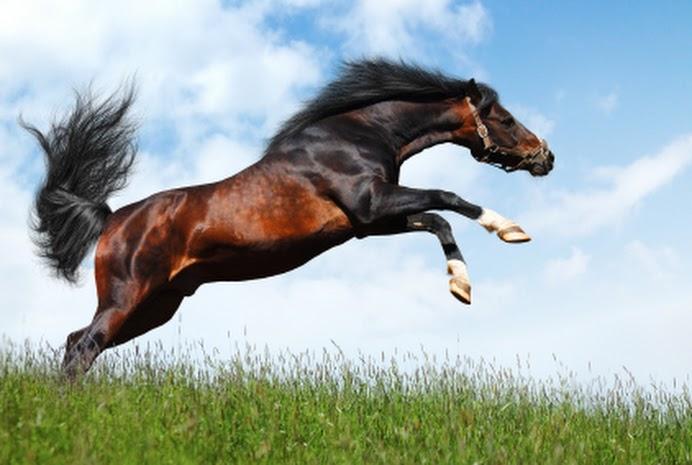
Clapper
Strong hardy horses bred in Estonia, common in Finland, the Baltic countries. The main colors are karak, red, dun. Head with a wide forehead, height - 136-146 centimeters.
Reference: the development of technology has led to an increase in the demand and popularity of sports breeds, horses have lost their economic value.

Cleydesdal
White-footed horses are native to Scotland. These are heavy trucks that were cultivated for heavy work in breweries and in the fields. An impressive height (up to 1.83 meters) and weight (up to 0.9 tons) are the main characteristics of the breed. The horses are distinguished by a cheerful and friendly character. Most of the Clydesdals live in the United States and Canada.
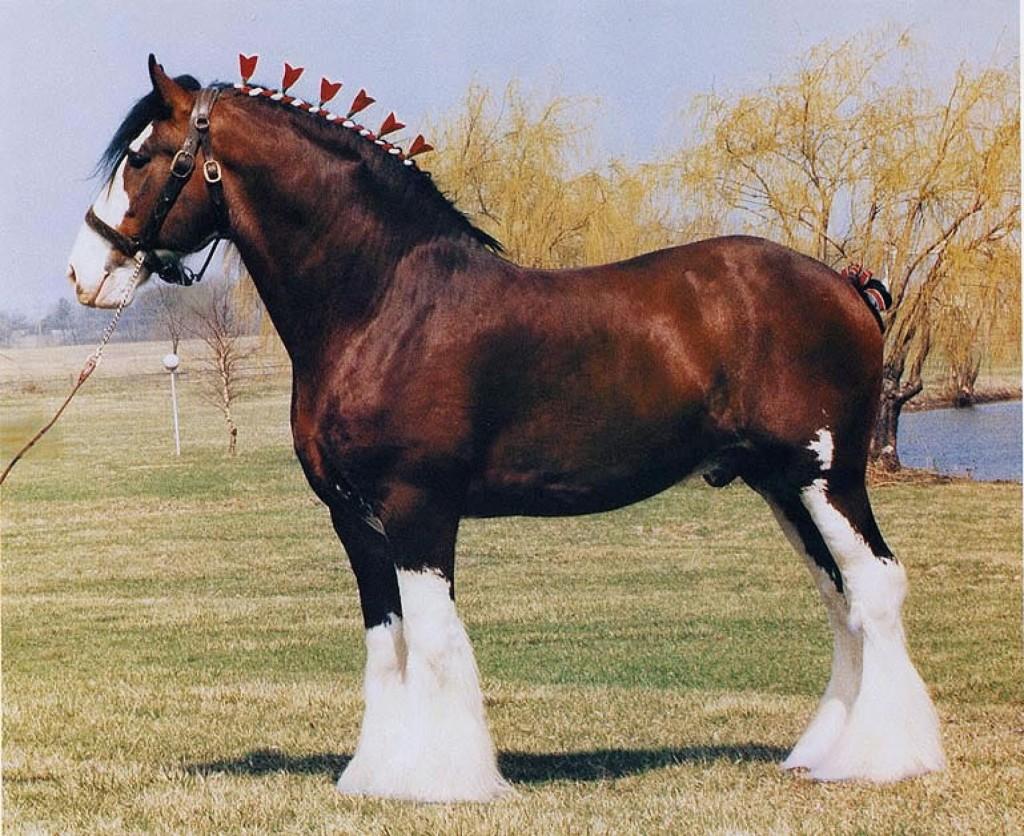
Kladrubskaya
The oldest draft horse of Czech origin. Known since the end of the 16th century. High (up to 1.8 meters) powerful horses with a humpbacked muzzle. The main suits are black and white. Kladrubtsev is distinguished by endurance, the ability to walk amicably in multi-horse teams. Demanding to the conditions of maintenance and care.

Kyrgyz horse
The ancestors of modern Kyrgyz horses appeared 4 thousand years ago. In the course of evolution and breeding, horses have become hardy, able to find food themselves on scarce pastures. They grow up to 137 centimeters, there are many pacers. Used as riding and pack. The rock is distinguished by a strong hoof that does not need to be hammered.
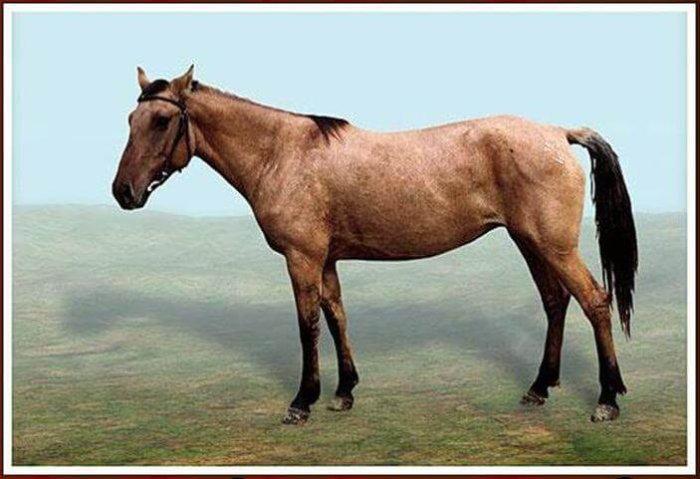
Kiger Mustang
It is believed that the Kiger Mustangs appeared due to the wildness of the Spanish horses brought by the conquistadors. Found in Oregon (USA). Mustangs are distinguished by endurance, large head, strong hooves. Different growth is allowed - 135-164 centimeters and above. Color - gray-brown, red.
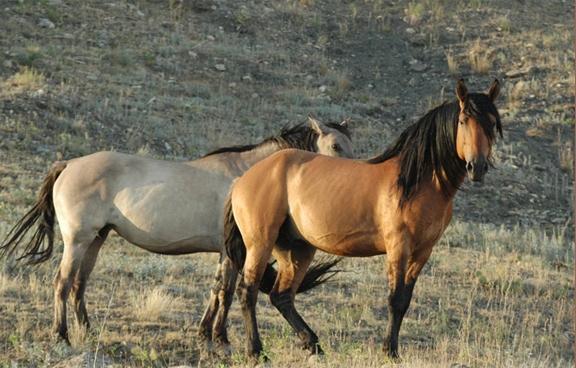
Caspian
The remains of a Caspian horse breed are dated back to the 4th millennium BC. This is one of the most ancient species of horses of Iranian origin. Horses are characterized by low stature (1-1.2 meters), the ability to withstand heavy loads. Correct constitution distinguishes short Caspian horses from ponies.
Distinctive features are strong legs and hooves. The Caspian people are famous for their non-aggressive nature, they are suitable for teaching children. Excellent jumpers, calm in sledges. Breeding studs - USA, UK, Australia.
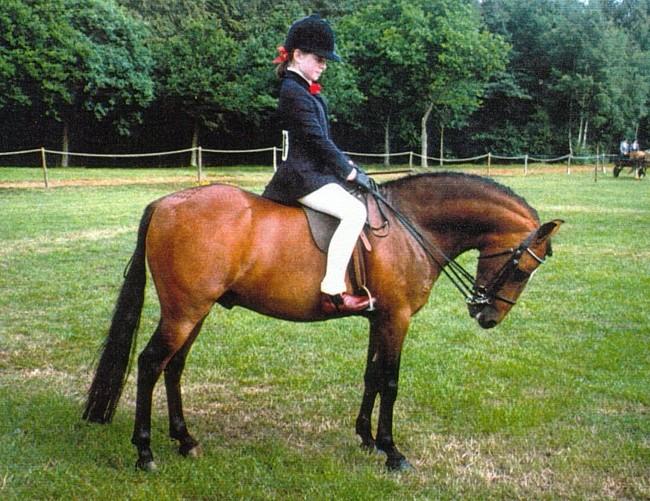
Karachaevskaya breed
The homeland of mountain horses is the North Caucasus. Karachay horses overcome any distance along mountain paths, are famous for their amazing endurance. Horse hooves are able to withstand the transition that leads to the demolition of horseshoes. Mares are fertile, easily reproduce with herd keeping.
The color is dominated by dark colors. Height - 1.5-1.55 meters. There is a slight hunchback of the nose. Karachay horses are distinguished by good health, balanced coordination of movements, light soft step. Walk up to 12 kilometers per hour.

Karabair
The name of the carabaiers combines 2 words - horse and camel. Uzbek horses are distinguished by horse grace, swiftness and camel endurance. Bred by crossing local and Arab breeds. Carabaiers are pacers with a light, even gait that does not let the rider get tired in the saddle.
The predominant colors are gray, bay, black; height - 1.45-1.57 meters. Karabaiers endure the heat, find food themselves, are hardy and hardworking. They are used as pack animals, they walk under the saddle.
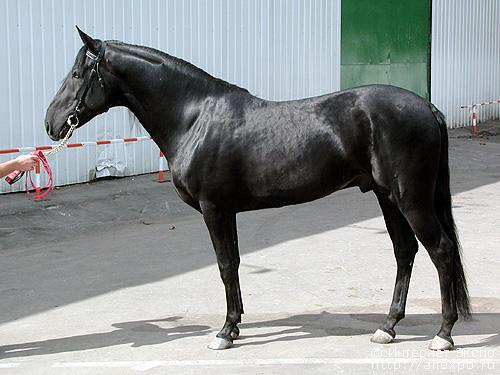
Donskaya
The Cossacks on the southern borders of the Russian Empire were engaged in breeding Donchaks.A great contribution to the improvement of the breed was made by trophy horses, which were brought from the campaigns by atamans Platov and Ilovaisky.
The Don breed is the pride of Russian selection. The horse is tall (160-165 centimeters) in height, with a beautiful harmonious body. The best representatives are distinguished by elegance, oriental purebred beauty. Cavalry horses are hardy, immensely devoted to their master. The predominant colors are golden-red, bay color. Grown for sporting events, police. Used under the saddle and in harness.
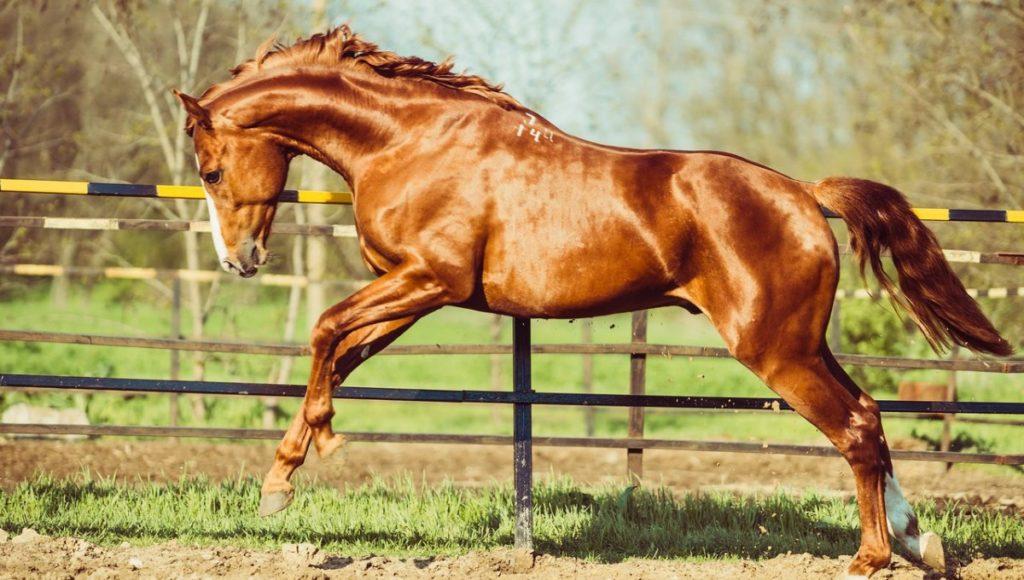
Holstein
The first mentions of Holsteins date back to the 13th century, and the breed standard was established in the German state by the 15th century. Now breeding is done in Elmshorn.
The height of the horse is 168-172 centimeters, the colors are varied. Holsteins walk at a gallop and trot, the step is soft, comfortable for the rider. They are characterized by jumping ability, balanced stride and smooth running. They are often used in sports competitions because of their efficiency, tenacity and high intelligence.
Interesting: the athletes at the Meteor Holstein have won awards at 3 Olympic Games in a row.
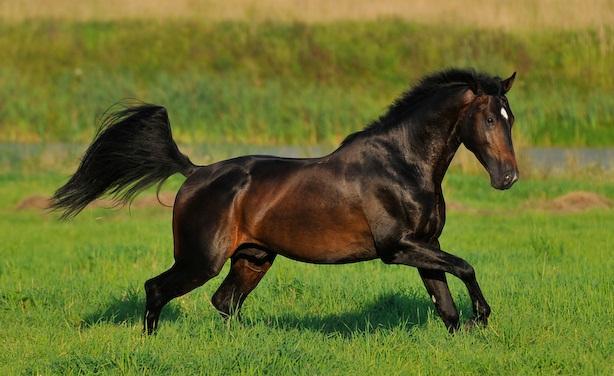
Hanover
German scrupulousness and pedantry helped to breed horses that are distinguished by an even character and ideal appearance. It is the most popular sporting breed that competes successfully.
High growth (up to 168 centimeters) allows horses to take obstacles, they are used in show jumping, dressage. Long neck, strong legs, noble head carriage are the main features of the breed. During the selection, only specimens with a sustained and balanced character are selected, which allows to maintain the fame of the Hanoverians as ideal athletes, always showing outstanding results.

Akhal-Teke
Handsome Akhal-Teke are the most ancient cultural breed, they have been breeding for 5 thousand years. The horses are distinguished by exquisite grace and become, a dry lean body, thin skin, under which muscles play. Akhal-Teke people are compared to cheetahs and greyhounds, their lightness and swiftness are admirable. The homeland of horses is Turkmenistan. For many centuries, they kept the purity of blood, without crossing horses with representatives of other breeds. This is the best representative of riding horses, wars flared up for the possession of valuable horses.
Animal hair is delicate, silky; manes are often cut to reveal an exquisite neck with translucent vessels. The character of the horses is hot, ardent, not every rider is able to cope with a restive horse.

Akhal-Teke horses are bred in many countries, including Russia. The influence of the Akhal-Teke horses can be traced in the articles of the English racehorse and Arabian breeds.
Reference: Arabian, Akhal-Teke horses are classified as elite breeds.
Ardennes
Horses of this breed appeared in the Ardennes - a mountain range at the junction of several European countries. Draft trucks with wide bones and thick legs were used for draft work. The Ardens are considered the descendants of ancient Roman horses, the formation of the breed was influenced by the Brabancons. Included in the studbook in 1929.
The horses were used in the cavalry to transport heavy weapons. Now they are raised for meat, for sports competitions, and for the delivery of goods. Height - 160-162 centimeters, weight - 0.7-1 ton. The suits are different, the black one is excluded in the tribal rules. They reach maturity early, do not require a lot of feed, despite their impressive size. The step is wide, the course is smooth.
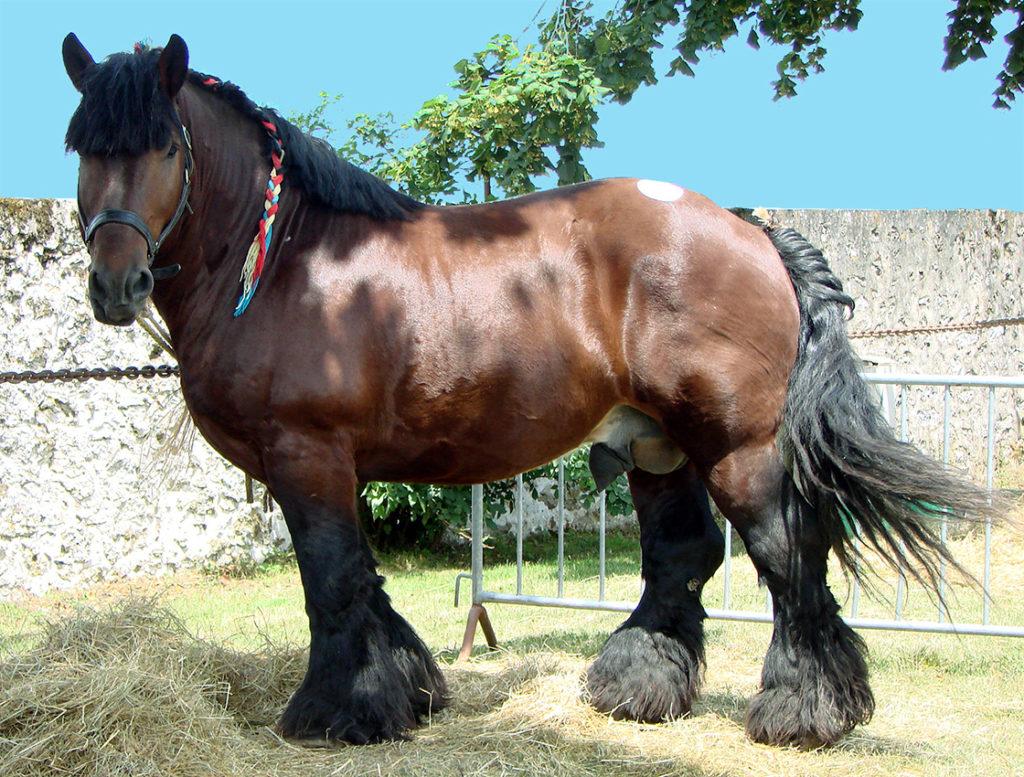
Arabic
Arabian horses are home to the Arabian Peninsula. This is an elite species of horses, which became the ancestor of many famous breeds (Russian horse, English thoroughbred). For breeding work with Arabian horses, a special organization was created that unites 60 countries.
The constant wars of the Bedouins formed strong, low horses, distinguished by their endurance, a dry, strong body. Arabian horses walk with any gait, tightly knocked down.The death penalty threatened everyone who risked selling horses to foreign lands. Crossbreeding with other horses was not allowed. The breed is visible in every Arabian horse.
Arab horses were brought to Europe during the Crusades. They served as the basis for the formation and improvement of many breeds. Height - 150 centimeters, weight - 450 kilograms. The suits are gray of different shades, bay, red. Small concave head, large eyes, strong legs, "cock's tail". The mares are fertile.
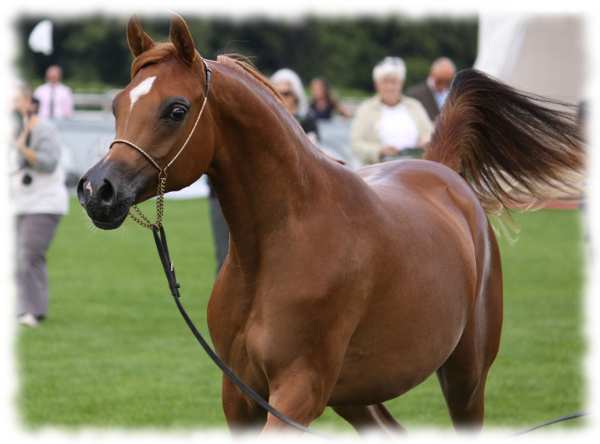
Andalusian
The horse of monarchs, decoration of parades and solemn trips, the pride of Spanish horse breeders is the Andalusian breed. An ideal animal for horse riding, circus performances and holiday shows.
The proud positioning of the head, slender neck, rounded body, lush mane and tail brought the glory of exquisite handsome men to Andalusian horses. Height - 155-160 centimeters, color - gray, bay.
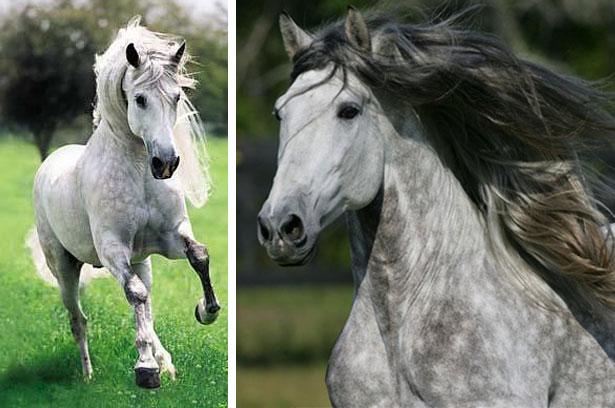
American horse
Famous in Hollywood, the American horse is an indispensable assistant for cowboys, the most common horse in the United States. It is used under the saddle and in harness, has a soft ride, comfortable for long distance riding.
Bred in Kentucky in the 19th century. Height - 150-170 centimeters, different suits are allowed. Has a short, strong back. Participates in special competitions, demonstrating several types of gait, including a branded rack.
Azerbaijan
Azerbaijani horses are descendants of ancient Persian and Karabakh species. Cultivated in Azerbaijan and neighboring regions. The horse-pack type is relevant for mountainous regions. Animals are hardy, famous for their efficiency, longevity, excellent health.
To improve the breed, Arabian and Terek horses are used. Height - 138 centimeters, weight - 280-350 kilograms. With a load of 120 kilograms, they cover 70 kilometers a day.

Rare and unusual species
Horses are man's loyal friends, for centuries they have helped people survive, transported heavy loads, warmed and saved from death in battle. Modern life has put many breeds on the brink of extinction, since the need for horses has disappeared.
One of the rarest breeds is sorraya. This is a low horse with an expressionless gray color originally from Portugal. About 200 heads of sorray have survived. The nondescript appearance led to the fact that people were not engaged in the cultivation of sorray, the breed was on the verge of extinction.
The following breeds are considered unusual:
- American paint horse. Horses are low (140-160 centimeters), piebald color. The main difference between the breed is the combination of spots of white and other colors. Painthorse translates as “painted horse”.
- Creamy Akhal-Teke. A rare suit gives the horses a special charm and increases the price.
- Knabstrupper. Bred in Denmark. The mottled color of the skin is a characteristic feature of the breed. There are the following types of spotting - leopard, black-backed, marbled and trout.
- Appaloosa. Divorced in the USA. In small horses of a forelock suit, spots are present even on the skin.
- Marwari. The famous Indian breed is distinguished by its unusual shaped ears, which almost touch and rotate 180 °.
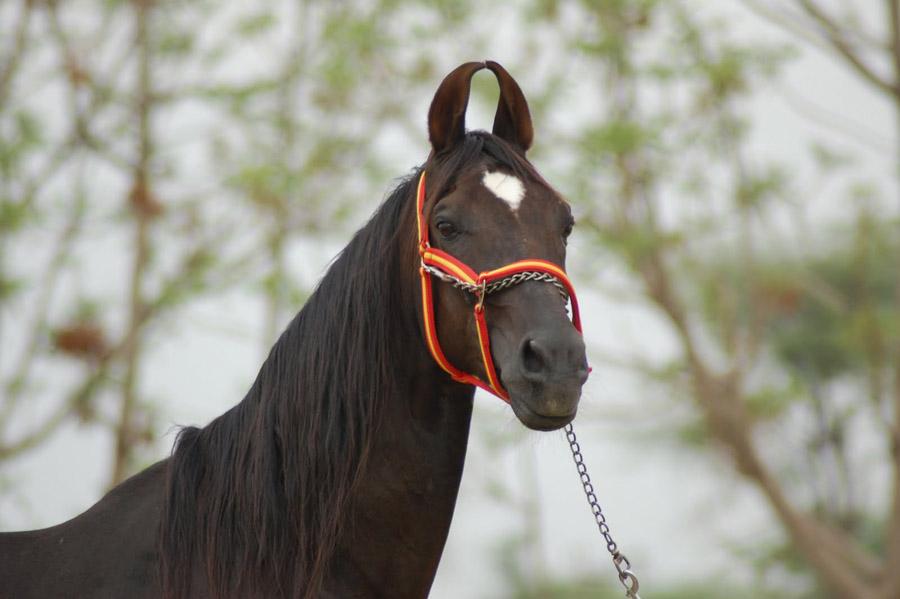
Among the unusual are horses with an uncharacteristic, rare suit. These colors include pearl, champagne, leopard, black-roan.
Breed innovation
When mating horses of different breeds, they improve the characteristics of animals, fix the necessary characteristics of the species. The same method is used to breed new breeds. With a simple productive crossing, 2 breeds are used, with a complex one - 3 or more different species. In this way, the Orlov trotting, Budenovskaya, Terskaya and other breeds of horses were obtained.
The result is impressive if outstanding representatives of their species, selected specimens are used.
After obtaining offspring, breeding is required "in itself", within the group.For the formation of a new breed, certain methods of keeping, feeding, training and raising young animals are required. The basis for completing the breeding work is the persistent transmission of the required traits to the offspring, a significant number of horses similar in appearance and character, and fixed productivity. A new breed is recognized after the registration of the relevant documentation, the presence of 1-2 breeding farms and several breeding farms.
Horses lost their original meaning and were replaced by cars and agricultural machinery. But graceful, friendly and loyal animals remain human favorites. Horses of many breeds are bred for sporting events, walks, rescuers, police. Horses are still needed in wilderness areas where there are not even trails to carry goods and people.
